The entities in the public sector are feeling pressured right now as they are to do more with just less of what they have despite the competition getting tighter and higher. It may have been impossible when you take a look at things more than a decade ago, but with the advancement of technology, there is a solution for this. The Enterprise Resource Planning or ERP for short was originally designed to address management of every functionality you can think of about an organization. However, these days the term is now synonymous with the software implemented in various organizations in the hopes that all functionalities are handled by a single system.
You must be interested to learn more about the ERP system since you are led to this article. What you will learn here are ways to fully utilize all the benefits of the system. One thing that most companies fail to realize is that they are under-utilizing every module that comes with the system. And because of the complexity of the system itself, the users that are supposed to be the most important part of the system do not know whether they are reaping the benefits. To avoid this kind of confusion in the future, here are some things that you should do when you have ERP implemented into your business.
Develop a realistic and strategic vision
Keep in mind that when you decide to implement ERP, it also means you want your business transformed. The first thing you should do to avoid in implementing the business conditions that already exists is to develop a vision in a strategic manner. Sounds complicated? It should only be simple enough.
Every executive in your business must be involved, but it will be more effective if you get the front liners involved in the strategic meeting as well. It will involve a lot of brainstorming sessions and it will not only end up with a single session, too. It involves the process owners, stake holders, and even the managerial decision makers. It will allow the organization to consider the vision they have for the future and even create a high-level roadmap to achieve such goals. It should also stay grounded so that it will be achievable. The planning of this goals must be involved with technology experts in the discussions.
Align both project and organization goals
It is imperative for all the stakeholder groups to come to an agreement about the success criteria of the project. While the outcome of the project might not be in alignment of the every objective of the stakeholder, the overall goals of the project must be identified and be agreed upon, with everyone present. It is the reason why brainstorming sessions are important for all stakeholders.
The primary objective of information technology is to have the system up and to run efficiently and quickly. But this does not apply to ERP projects since it is not about IT projects at all. All of them are for transforming businesses with goals that include improving services, reducing costs, enhancing business processes and minimizing the impact on operations.
The challenge here is how to align the goals among team members with that of the organization. Before the beginning of the project, it can have widely different objectives. When they are left out of sync and unexplored, it can result in dissatisfaction with the outcome of the project, at least for some part of the team. This is the reason why the goals are aligned with both the team and the organization before the project even starts. Aligning goals is the critical component in mitigating the risk involved when the objectives of the project are not defined and delineated. By doing this activity, it will be easy to identify the project goals and then develop them, articulate then used in driving the decision-making. All in all, it will measure the success of the project.
Initiate realistic timelines
The success of an ERP implementation lies heavily on a realistic timeline. The standard activities associated with technology implementation include gathering requirements, testing, training, configuring and designing of applications and acceptance. The optimization of the organization’s processes needs comparable activities of the project. And time must be embedded into the project plan to accomplish all of them.
Placing the business process design and assessment at the project’s front end means that the timeline requires accommodating additional effort. When you develop a cohesive project plan, make sure that you allow enough time for the development of the plan and the enhancements of the processes, including the approval process of the organization that is necessary for its implementation.
Staffing the project with the perfect resources
It may sound like you have to be on the point at this step when it comes to the word ‘perfect.’ It only needs the right resources for it.
More than five years ago, implementing the ERP system made such amazing improvements over the differences of non-integrated applications that the idea of addressing the issues of the processes together with the implementation of the software seemed wasted. The application specialists were the one usually staffed for the ERP project since they were experts in implementing of particular products. They also developed code reports, train users, specifications, load tables and even do system testing. Their main responsibilities include providing assistance with design, development and application analysis.
However, for the public sector groups to meet with the cost containment demand, increased efficiency and undertaking the challenge of the business transformation successfully, the Business Process Resources should be included the teams in implementing ERP. They are the ones that are experts in analysis, assessment and the redesign of the processes of the business. They are also highly experienced in the aspects of business change and strategic process design. As they are considered the effective agents for change, they solely focus on dynamics at play when the people are met with changes in their work environments. Their introduction into the team will be a complement to the application specialists in the project. It also creates a synergy that can achieve long gains of the ERP systems.




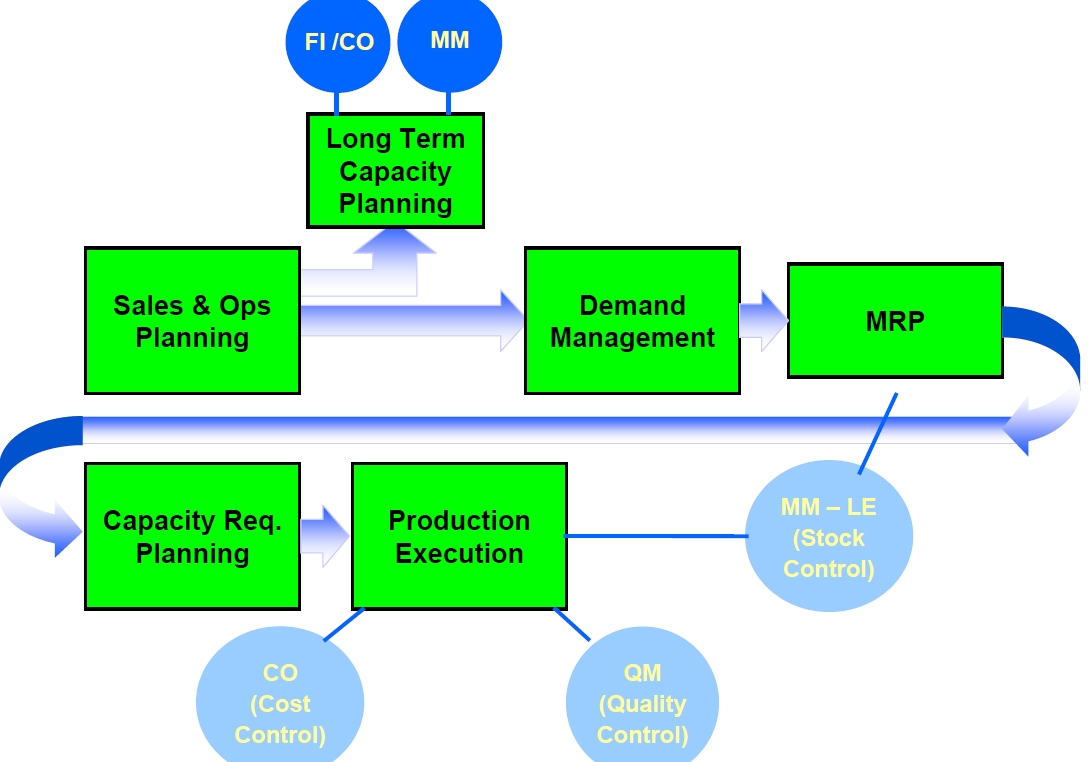

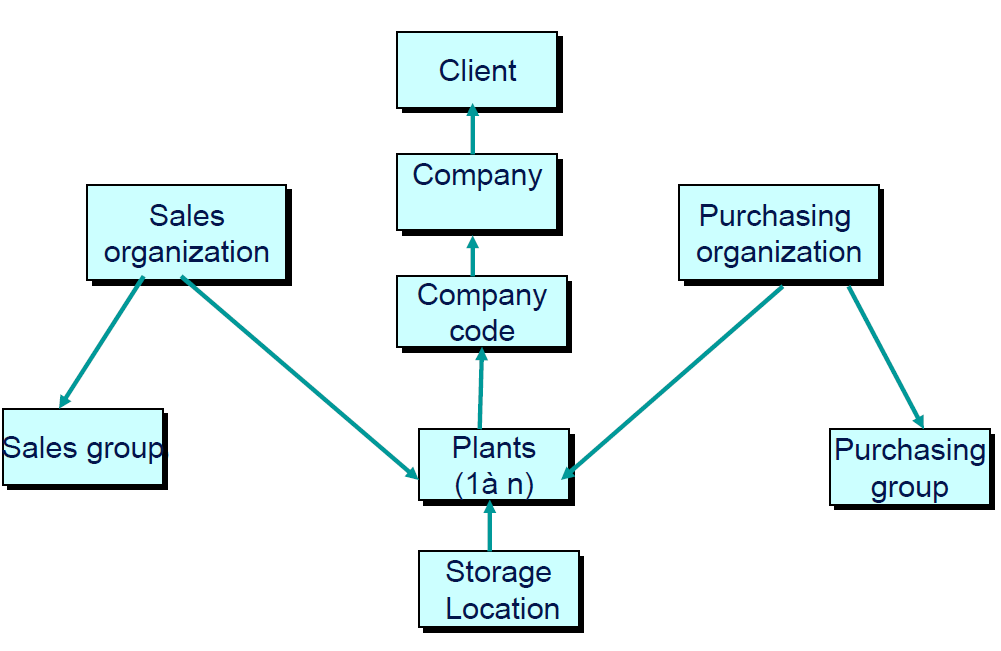
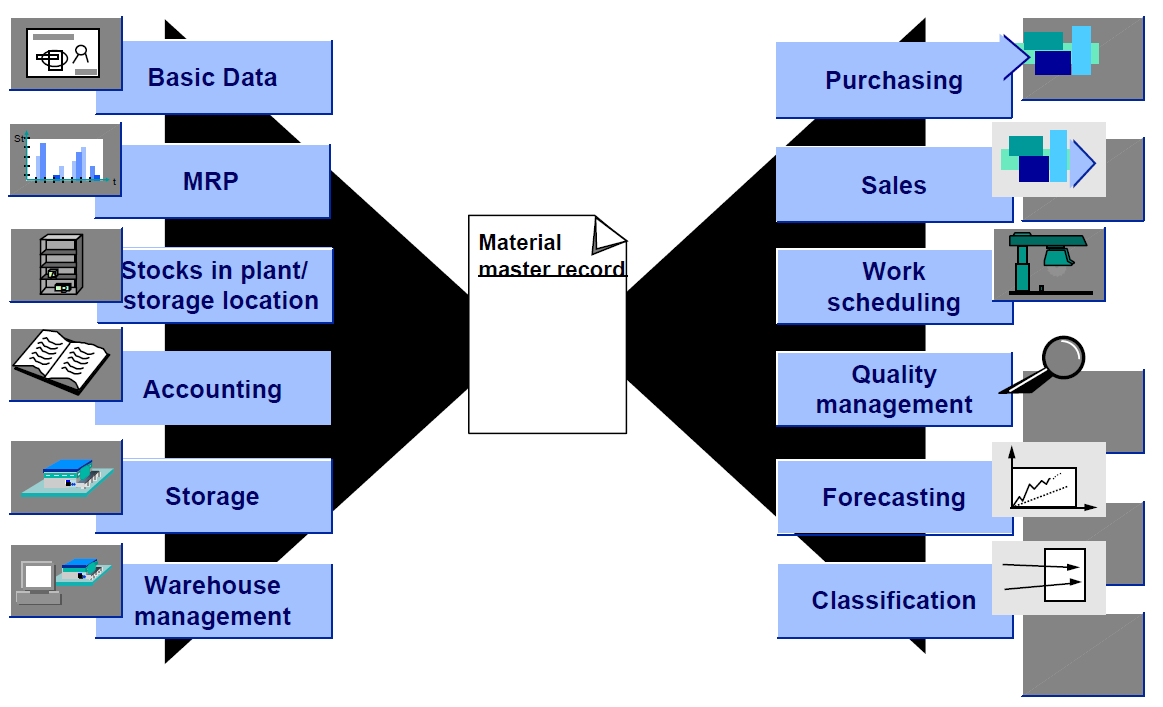
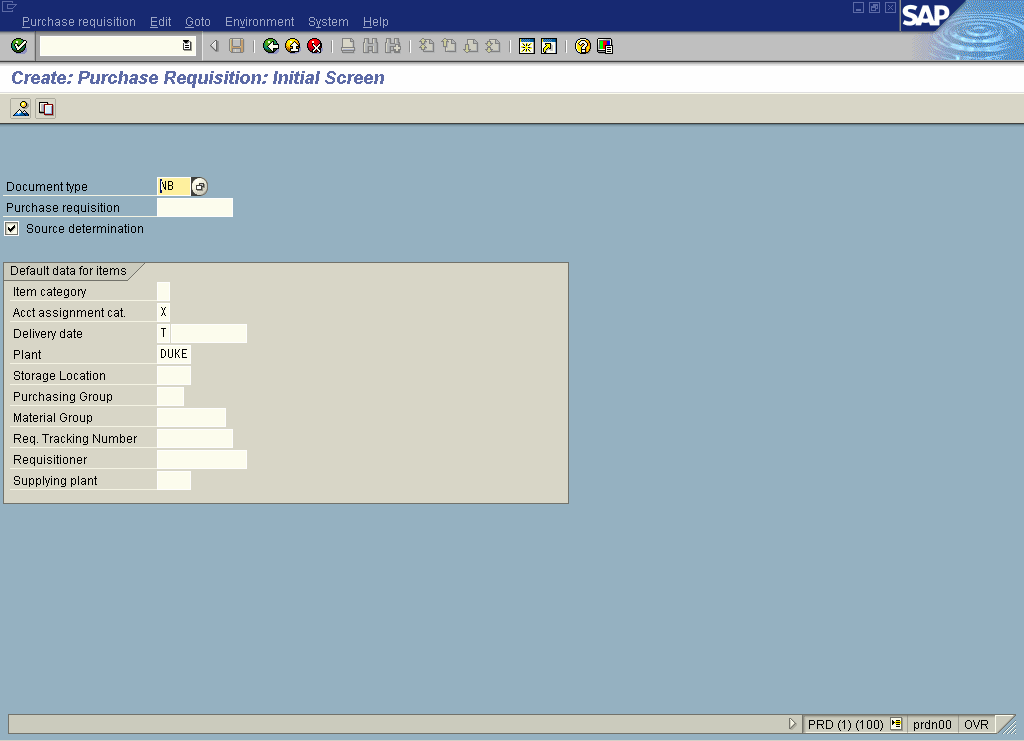
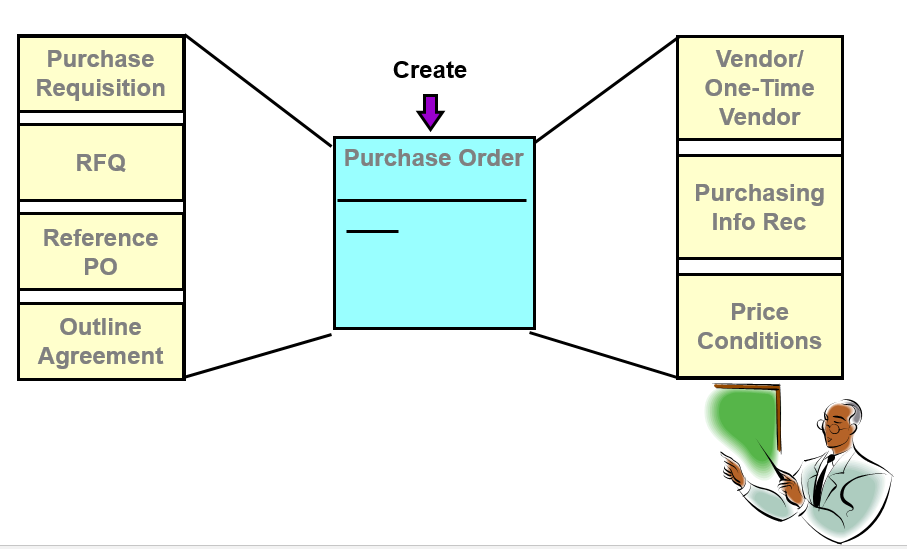
Leave a Reply